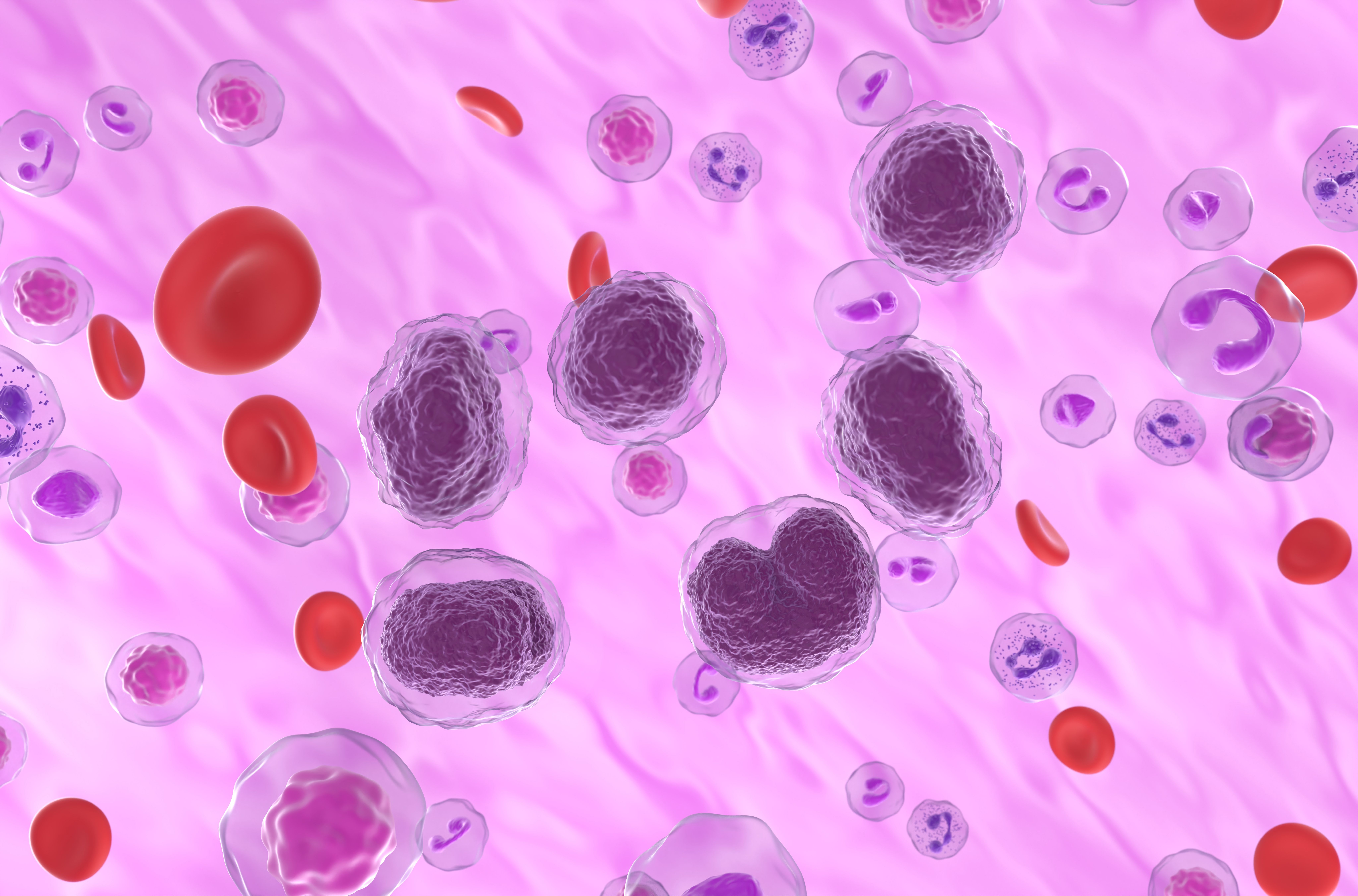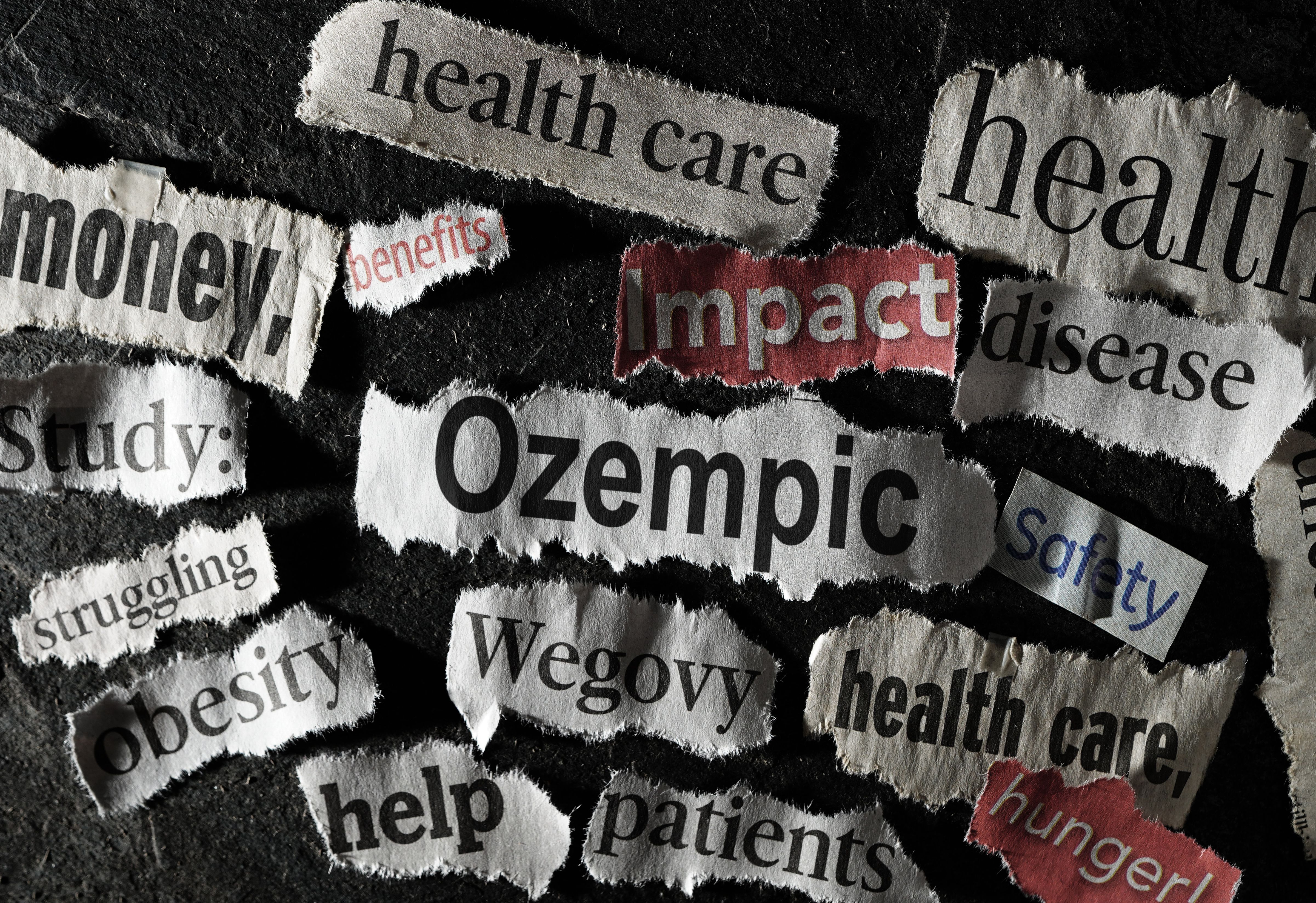News
Article
Analysis Indicates Liso-Cel is a Cost-Effective, Second-Line Treatment Option for Patients With R/R DLBCL
Author(s):
In addition, patients who were treated with liso-cel therapy had a higher average life expectancy and QALYs, compared to those who were treated with standard care.
Recent research published in Blood Advances indicates that lisocabtagene maraleucel (liso-cel), a CAR T-cell therapy, is a cost-effective second-line treatment for relapsed and refractory diffuse large B-cell lymphoma (r/r DLBCL). According to the authors, the study is the first to assess the drug’s cost-effectiveness by incorporating health care expenses, societal productivity losses, and patient quality of life.
Image credit: LASZLO | stock.adobe.com

In cases where DLBCL, the most prevalent form of non-Hodgkin lymphoma, does not respond to initial treatment or recurs within 12 months after the completion of treatment, platinum-based chemotherapy followed by high-dose chemotherapy and autologous stem cell transplantation is the typical standard of care protocol. Liso-cel was granted approval by the FDA as a second-line treatment in 2022; however, its cost-effectiveness is debated among specialists.
Using a partitioned survival model, the study investigators analyzed the cost-effectiveness of liso-cel for treating r/r DLBCL. The results demonstrated that patients who were treated with liso-cel had an average life expectancy of 5.34 years and gained 3.64 quality-adjusted life years (QALYs), unlike standard care (SC), which resulted in 2.47 years and 1.62 QALYs. In addition, the cost-effectiveness of liso-cel was $99,669 per QAYL from a health care sector perspective, and $68,212 per QALY from a societal perspective. This result indicates that liso-cel is a cost-effective treatment because it remains below the $100,000 per QALY threshold.
"In our study, we incorporated the often-overlooked societal costs associated with cancer treatment, which are typically neglected in cost-effectiveness analyses that focus solely on the health care sector related-expenses," explained senior study author Mohamed Abou-el-Enein, MD, PhD, MSPH, associate professor of medicine, Keck School of Medicine, University of Southern California, in a press release. “Cancer treatments can diminish quality of life, causing work absences and challenges in managing everyday activities, especially among the elderly. Treatments that improve quality of life not only benefit the patient but also reduce these broader societal costs, which is an important aspect of our cost-effectiveness evaluation."
Further, the direct medical costs that were included in the analysis were comprehensive and covered CAR T-cell therapy procedures, chemotherapy, stem cell transplant, hospital admissions, ongoing monitoring, management of disease progression, end-of-life care, and additional costs that are associated with treating adverse events that occur. Liso-cel therapy, in terms of mortality-related lost labor earning, was associated with a loss of $110,608, compared to SC, which is $156,362. Both unpaid productivity loss and uncompensated household production costs were comparatively lower for liso-cel, indicating that this treatment has economic benefits compared to SC.
The investigators emphasize that an important aspect of the study is its modeling based on outcomes from the TRANSFORM trial, a prior study that assessed cost-effectiveness of liso-cel. The current study mirrors the patient population from the TRANSFORM trial, reducing biases in the results while remaining consistent with the research.
The investigators note that it is important to continue evaluating various CAR T-cell therapies and their cost-effectiveness because the information can be significant in helping providers’ decision-making. In addition, the authors emphasize the significance communication among clinicians, researchers, pharmacists, patients, and other health care workers on the escalating costs of treatment.
“This study demonstrates that CAR T-cell therapy is worth considering as a second-line treatment for r/r DLBCL,” said Abou-el-Enein in the press release. “When deciding on what therapies to use in clinical practice, I think it is important that we do not shy away from these therapies solely because of their list price. We must keep our patients front and center in these decisions and continue to have conversations about how we can lower the price of CAR T-cell therapy and increase patient access to this life-saving treatment.”
Reference
American Society of Hematology. Liso-cel is a cost effective second-line treatment for common form of lymphoma. News release. December 28, 2023. Accessed January 10, 2024. https://www.eurekalert.org/news-releases/1029918
Newsletter
Stay informed on drug updates, treatment guidelines, and pharmacy practice trends—subscribe to Pharmacy Times for weekly clinical insights.






